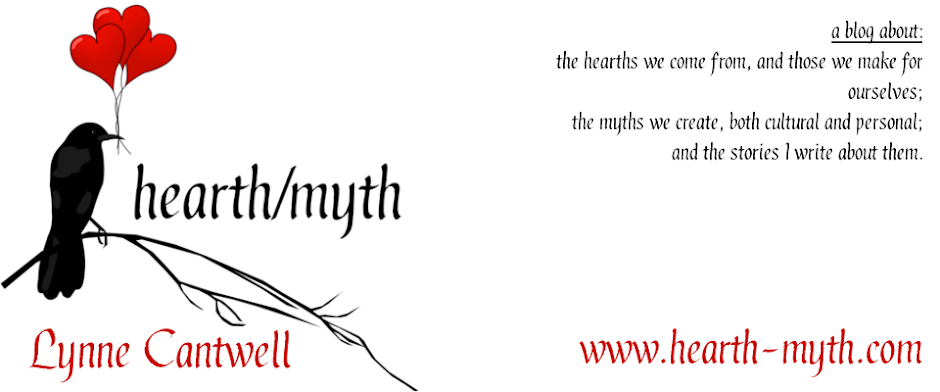Here it is, ensconced temporarily in my daughter Amy's room. It's a Kenmore Imperial, model number 117.591, manufactured by the White Sewing Machine Company (which also manufactured sewing machines under its own brand) and sold by Sears only in 1942. Which means my mother bought it when she was single; she and my father didn't get married until 1947.
These machines were all steel, and they were workhorses. I found this video where a guy demonstrates a restored one. He got it to sew through four layers of khaki, and even two layers of garment leather. Mom never would have tried sewing leather on this machine, but I'm pretty sure she sewed vinyl upholstery material on it at least once. It doesn't do zigzag or any other fancy stitches, but it can make buttonholes with a massive contraption that you hook up in place of the presser foot.
It's in the original cabinet, and I had never realized how small that cabinet was because Mom always had the leaves folded out like this. The cabinet is only about 32 inches wide when closed. To close it up, you drop the sewing machine on its hinges and then fold the tabletop extensions in. It looks like a small desk, and I suppose you could use it as one if you didn't want your sewing machine on display all the time.
The machine has no foot pedal. Instead, there's a switch that you control with your knee. Another unusual thing about it is that the hand wheel -- which on this machine is the bulbous extension on the left -- turns the opposite way from most machines. So instead of pulling it toward you to start stitching, you push it away from you.
I have a lot of fond memories of this machine. My mother sewed most of her own clothes and mine, too, and I would often stand next to her while she worked. I don't think I learned how to sew on her machine -- I'm pretty sure I learned in home economics in junior high -- but I made my share of stuff on it before Mom bought me a sewing machine of my own. She continued to sew for herself as she got older, but she suffered from dementia in her later years and eventually gave everything up. After she died, I was the kid who sorted through all of her stuff, and I held it together pretty well until I saw cobwebs on this sewing machine. To me, that was the true measure of how far she had slipped away, even before her death. The machine would never have been still long enough to gather cobwebs in the old days.
Anyway, it's here now. I'm tempted to have someone restore it, even though I don't really have a place for it and I rarely sew anything anymore. I'll let you know what I decide to do.
***
Three bits of news:
- The second edition of A Billion Gods and Goddesses is out! You can get a free copy at Smashwords with coupon code NA58R. The coupon expires Sunday, September 11th, so don't wait too long to use it.
- I'm honored to have been featured on The Heroine's Journey today. The organizer, Peter de Kuster, has featured more than 125,000 professionals in his Hero's Journey and Heroine's Journey project to date.
- Yesterday, I was live on Facebook! The opportunity to be the guinea pig for the Authors Live! group popped up midweek, so I didn't have a chance to blog about it until now. Here's the video, in case you missed it. (I hope the link works. Technology: It's here to help us...) Enjoy, and I'll see you next week.
***
These moments of seamy blogginess have been brought to you, as a public service, by Lynne Cantwell.
